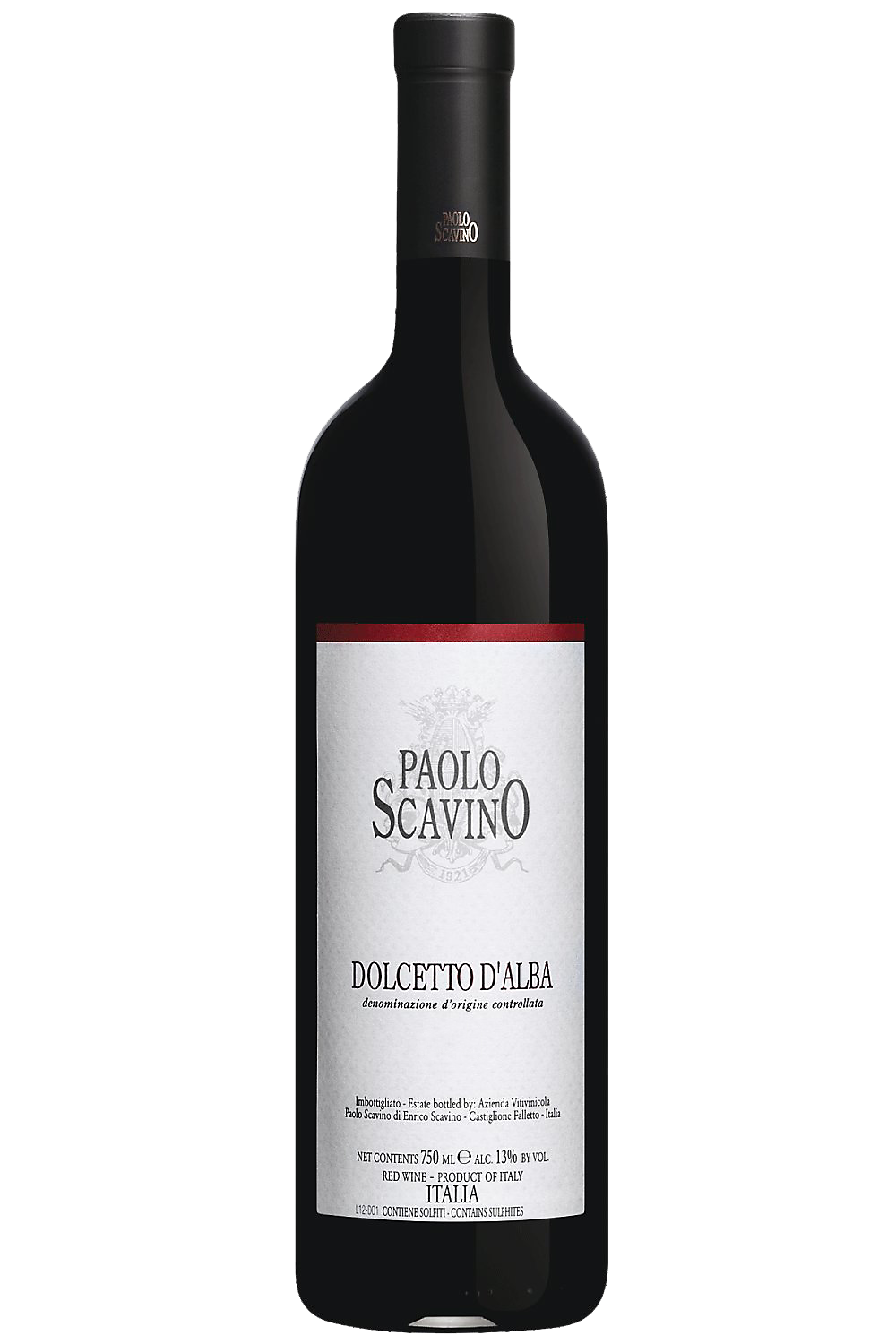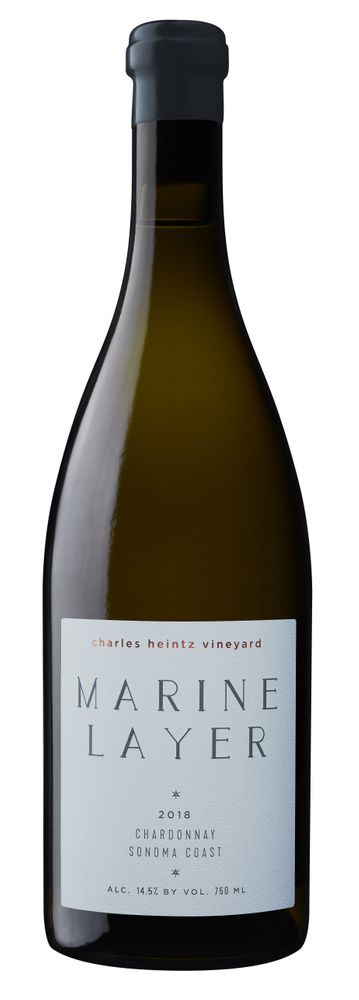For the wine snob: Paolo Scavino is a historical winery in the Barolo region. It was founded in 1921 in Castiglione Falletto from Lorenzo Scavino and his son Paolo. Farming has always been a family tradition and passion. Enrico Scavino has been working in the winery since the age of ten, beginning in 1951. He now runs his estate with his two daughters Enrica and Elisa, who are the fourth generation. Their work is inspired by the love and respect they have for their territory and they pursue purity of expression, complexity and the elegance for their wines from the three local grapes Dolcetto, Barbera and Nebbiolo.
For the rest of us: 100% Dolcetto, The Dolcetto is an indigenous Piedmontese grape for a long time majorly planted in the area. Purple color, fresh and delicate aromatics of cherry, blueberry, spices and flowers. The structure has a lightness and brightness in it. Well defined by good tannins and harmonious acidity this wine has a pleasant freshness and intriguing character.








